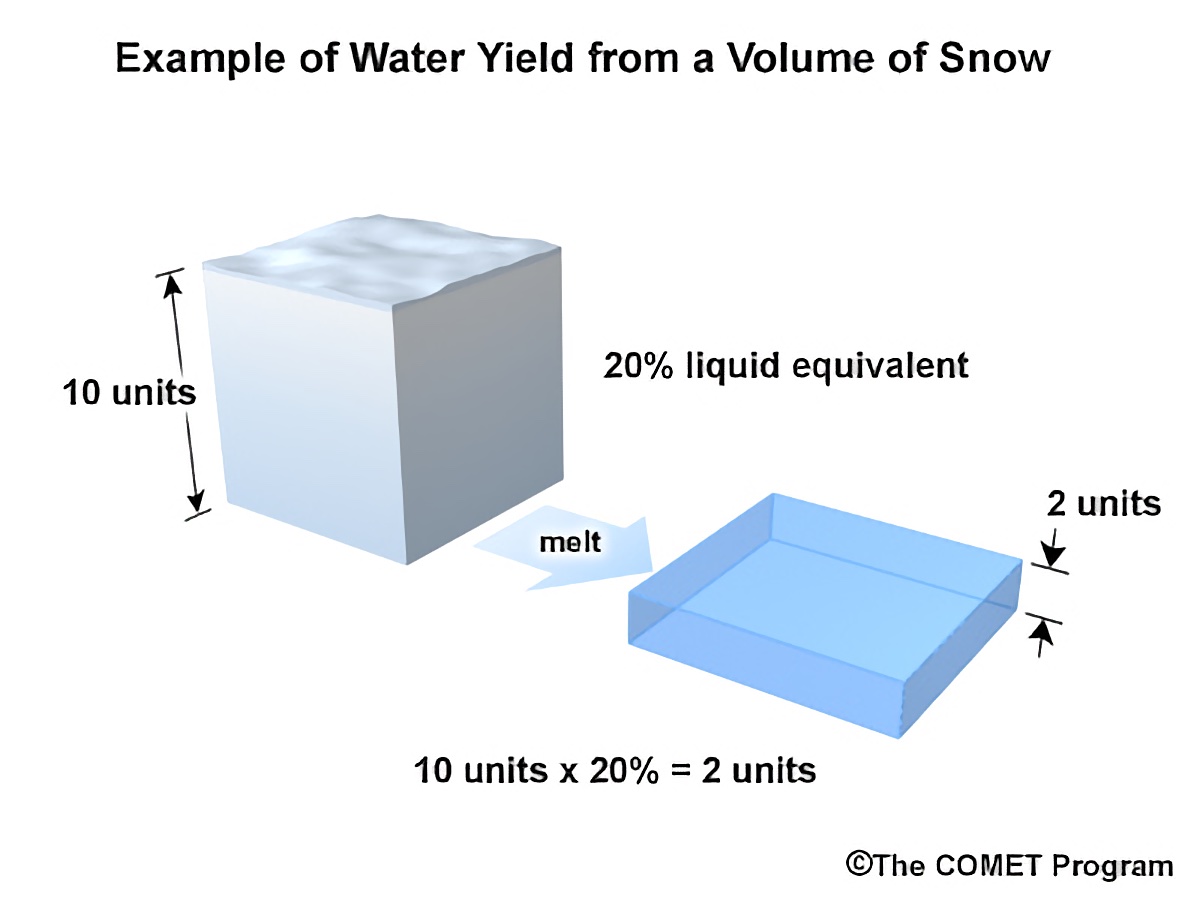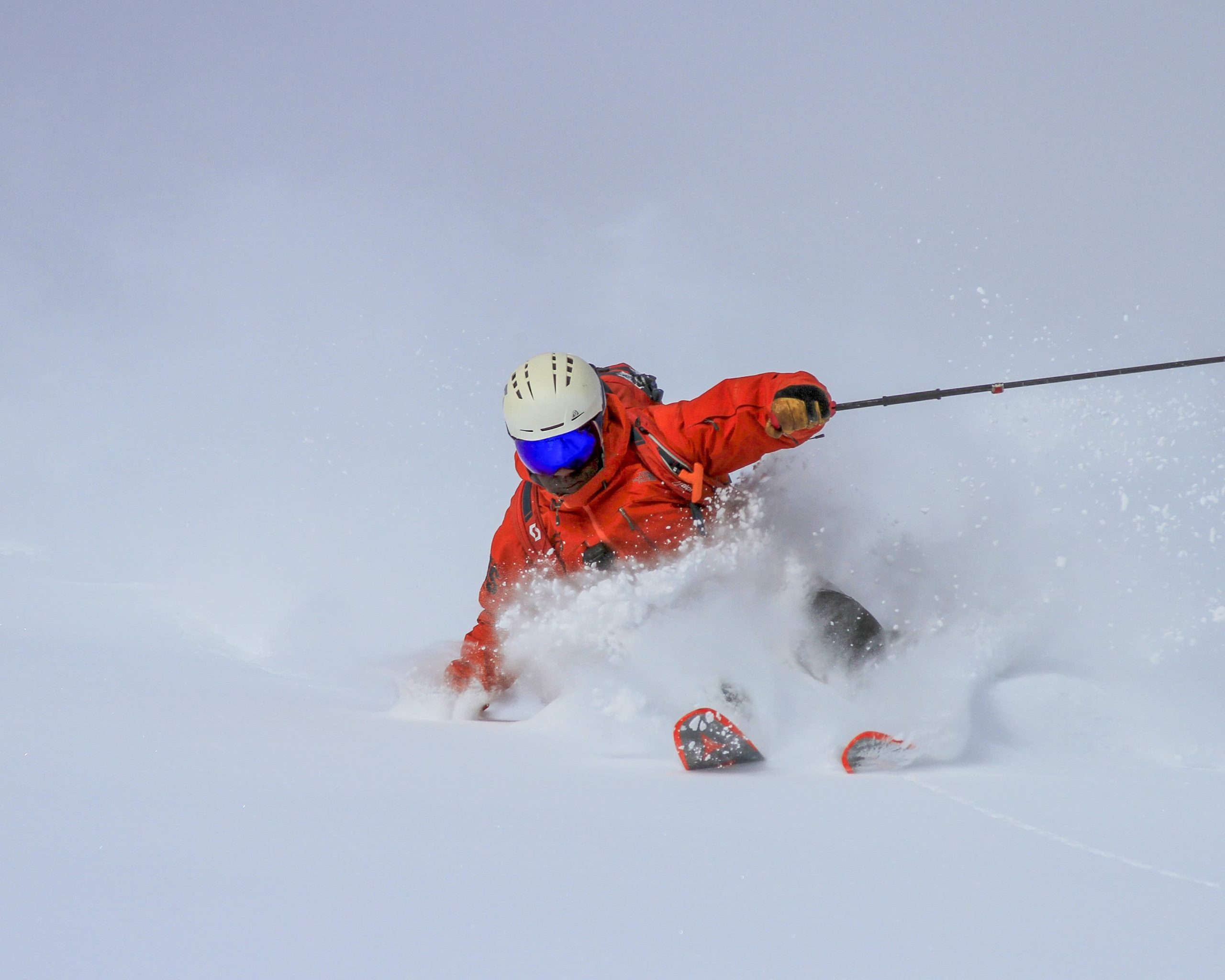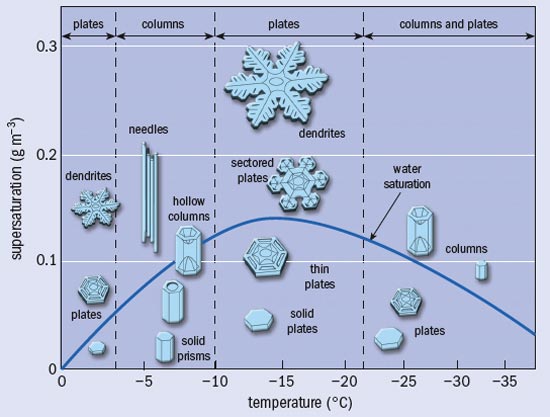
Skiing is a wonderful activity that wouldn’t be possible without snow. To put it simply, snow is very complex. It can do all sorts of things once it has hit the ground: turn into different shapes, gain and lose stability, and more.
Something that comes up a lot when talking about snow before and while it’s falling is the snow liquid ratio (SLR). Snow liquid ratio is essentially snow density. If you have 20 inches of snow and melt it down and ended up with 1 inch of water, the snow-liquid ratio would be 20:1.
The most obvious implication of the snow liquid ratio is the density of fresh snowfall. Due to lower elevations and higher moisture content, maritime areas (like the Cascades, Sierra Nevada, and Coastal Ranges) often get denser snow. This is characterized by a higher snow liquid ratio, typically hovering around 10-12:1. High and dry continental areas, like the Rockies or Wasatch, often receive ratios upwards of 16:1. In general, lighter snow with a lower SLR is more fun to ski. It takes less effort to turn through than heavier snow experienced in areas closer to the ocean.

So what determines the snow liquid ratio of any given storm? It all depends on the temperature. With warmer storms, the snow is more saturated and each individual snowflake is heavier, so once it deposits on the ground, the settled snow is denser (more mass per volume). With cold temperatures, the snowflakes are larger and lighter, which means less mass per volume, meaning a higher SLR (lower density).
However, this relationship is not completely linear. If temperatures become too cold, SLR can actually decrease. This is because cold air cannot hold as much moisture, so there is less available moisture that can aggregate onto nucleation points and form snowflakes, hence the flakes themselves are smaller. Since they occupy less space per flake, you effectively increase the density (same amount of mass, but less volume).

So what is the ideal temperature for the best snow ratios? The ideal temperature is somewhere between 15F and 0F. This allows the best crystal growth to maximize SLR.
